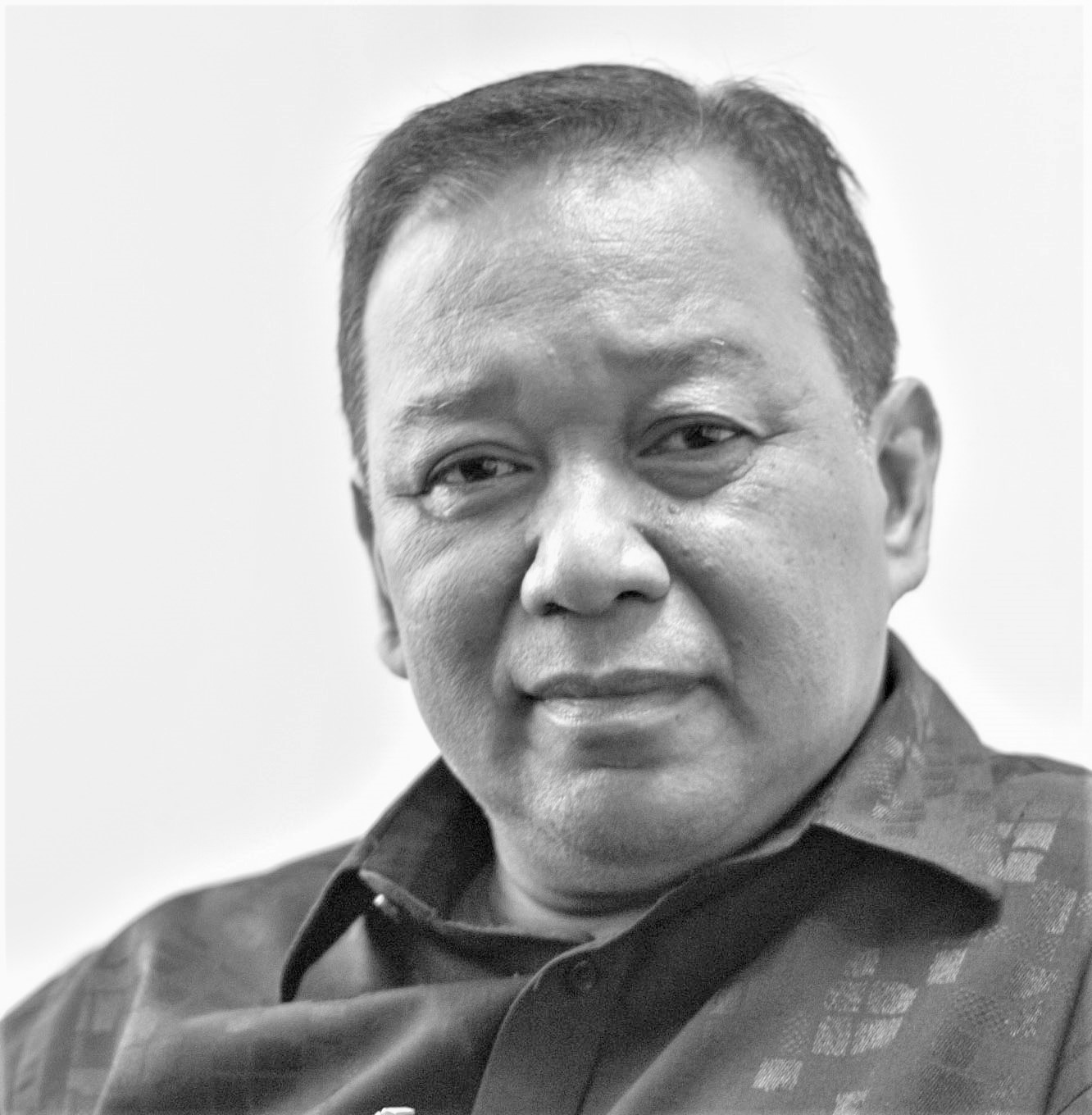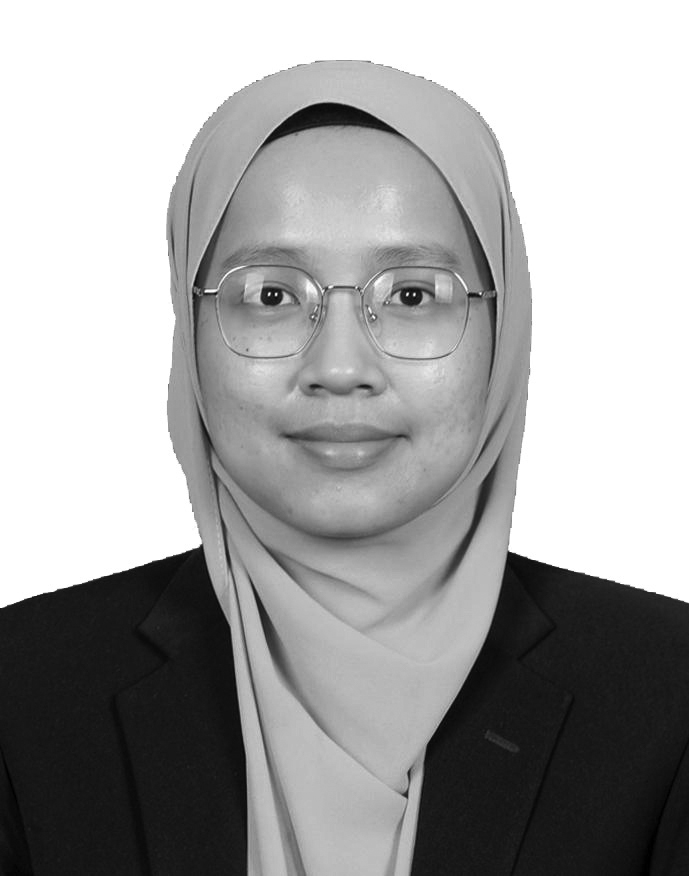- Home
- April 2024
- Fishing for a Living: The Case of Pulau Aman

Previous Post
Weathering Climate Change—A Battle Fatal to Lose
3 min read
I REMEMBER STRUGGLING with the terms “weather” and “climate” in primary school.And as with most related words, it was about knowing when to use one and not the...
Next Post
The Heat is Here to Stay: Surviving Climate Change is in Penang’s Own Hands
9 min read
“SHE IS HOT” exclaimed a male student, gaining immediate attention in my scientific lab. They clamoured to his monitor only to be disappointed to see that their...
You might also like
From Hillview to Wellesley: The Evolution of a Pioneering Boys’ School
9 min read
JALAN SULTAN AZLAN SHAH, formerly known as Northam Road, hugs the contours of North Beach, extending towards Gurney Drive. With the panoramic views it offers of...
Events in April
4 min read
LEARNINGOrganised by Penang Math Platform, MathBoost is a fun and engaging app-based learning experience focusing on arithmetic operations and numeracy skills f...






